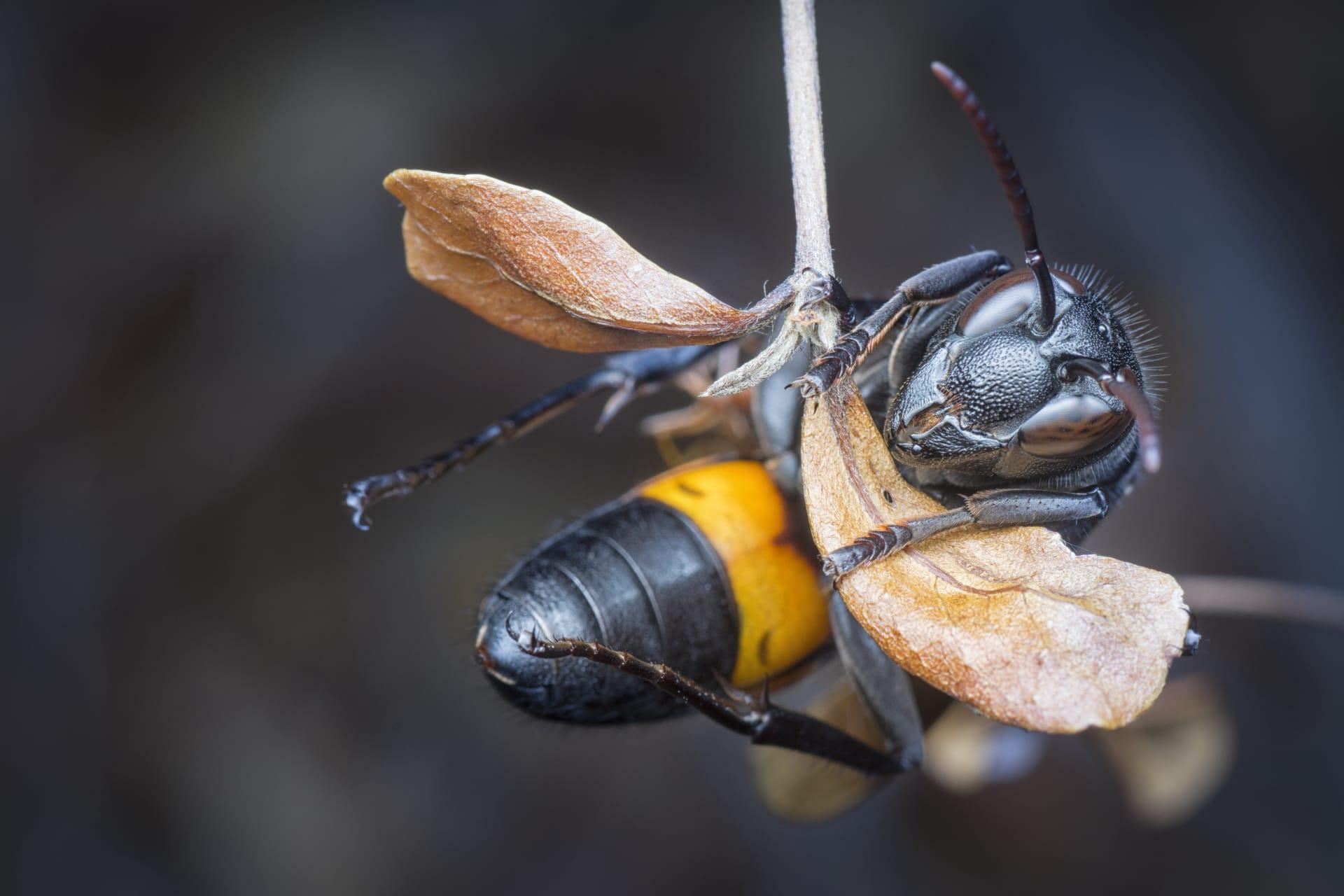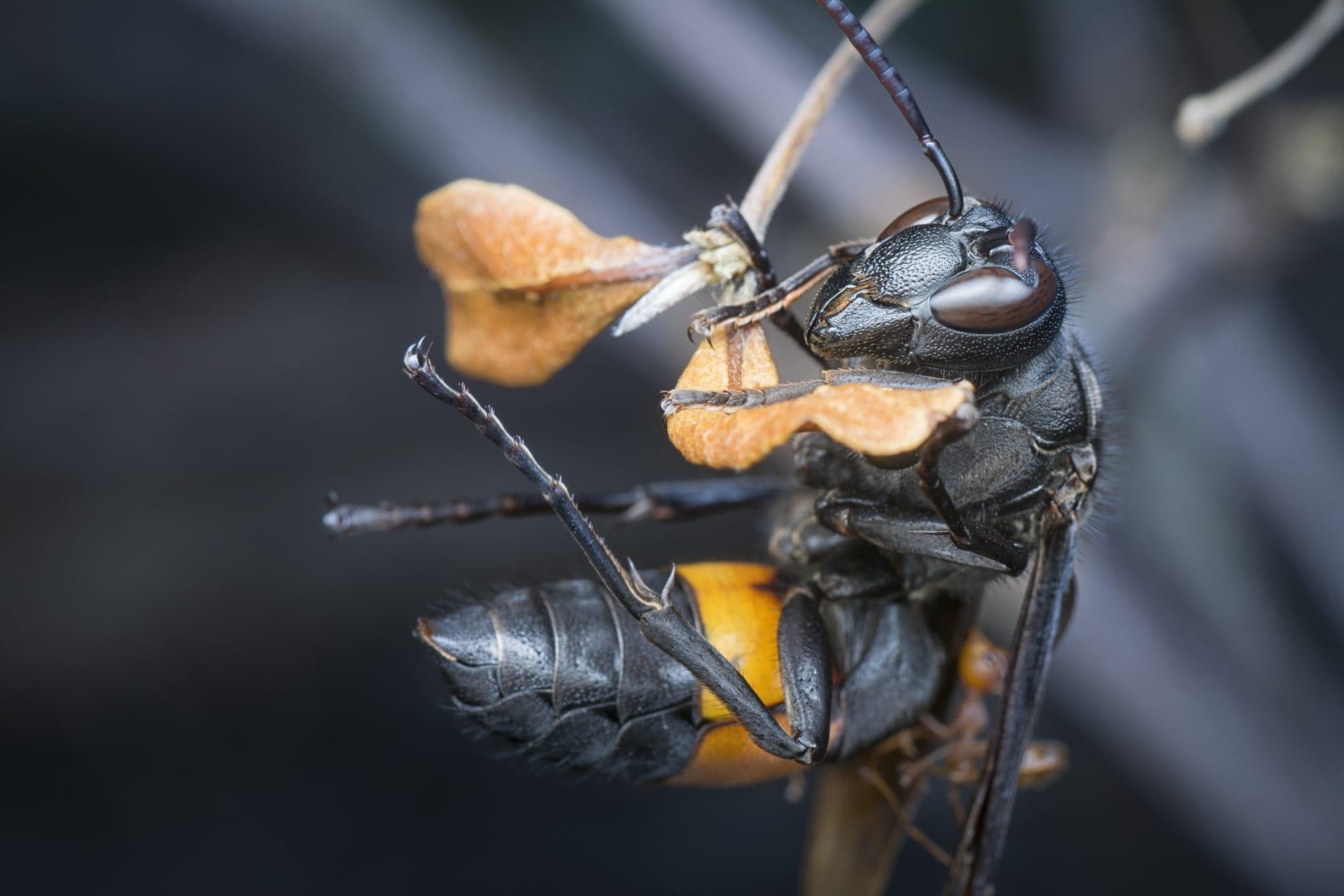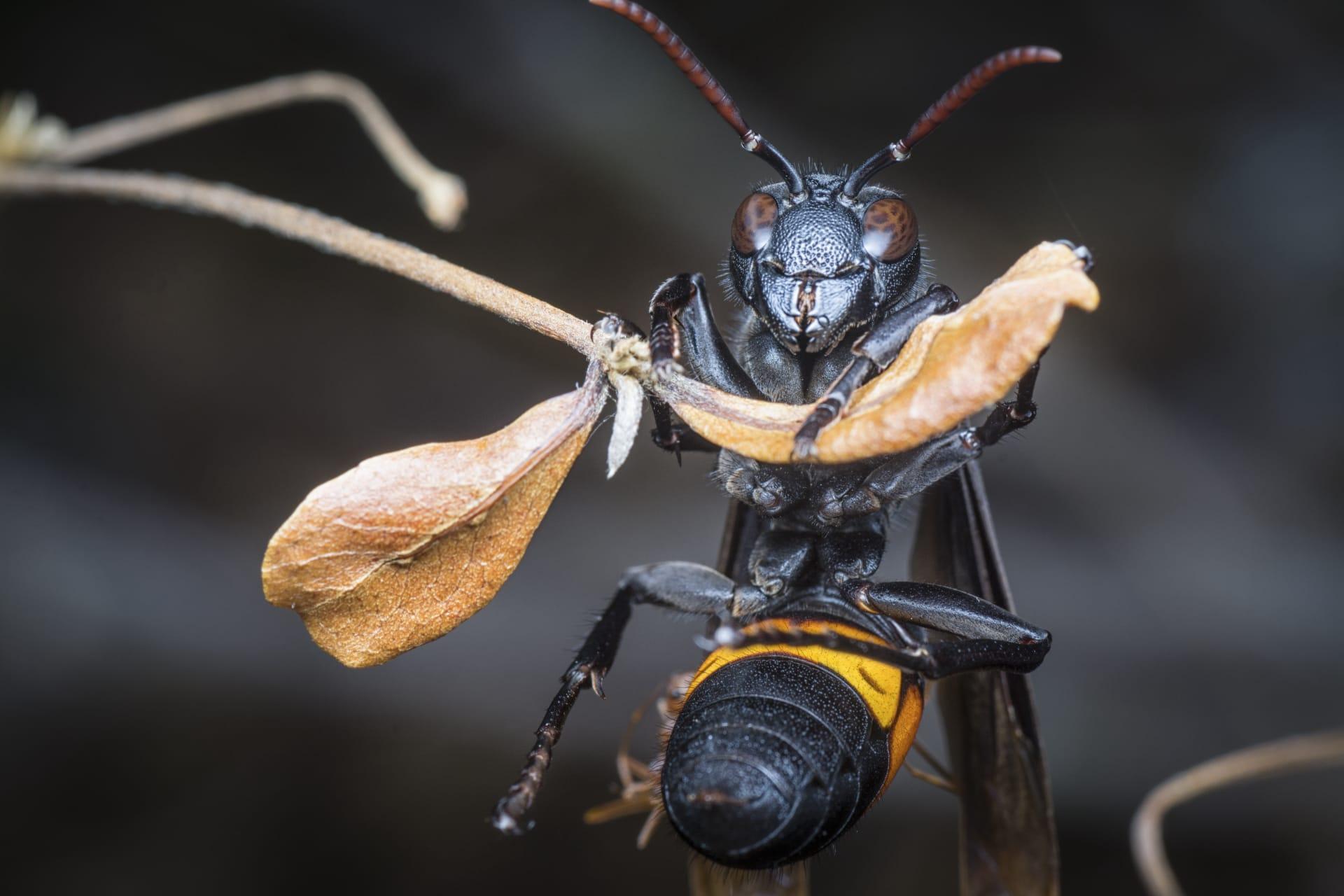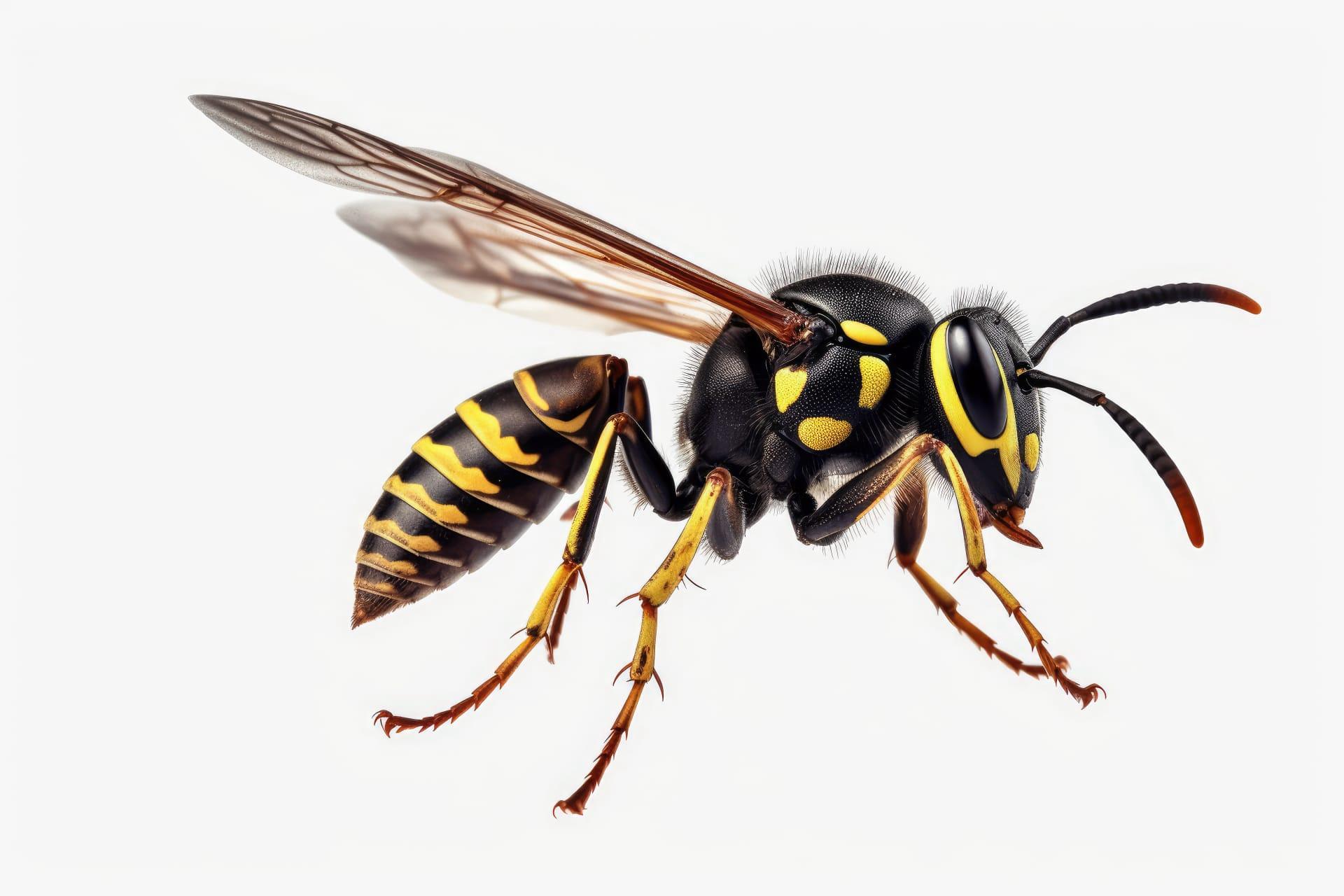Yellow Jacket Bee Trivia
- Home /
- Trivia Question /
- Animal /
- Yellow Jacket Bee Trivia
1
Question: What distinguishes Yellow Jacket Bees from other bee species in terms of appearance?
Answer: Yellow Jacket Bees are easily identifiable by their distinctive markings. They have a bright yellow and black pattern on their body, which is a warning coloration to predators. Unlike honeybees, Yellow Jackets have a smoother, less hairy appearance. They typically measure about 10 to 16 millimeters in length, making them slightly smaller than the average honeybee.
Question: How do Yellow Jacket Bees contribute to the ecosystem?
Answer: Yellow Jacket Bees play a vital role in the ecosystem. They are excellent pollinators, though not as prolific as honeybees. Their primary contribution lies in their predatory nature, as they feed on a variety of insect pests, including caterpillars and flies. This helps in controlling the population of these pests in gardens and farms. Additionally, their scavenging behavior aids in the decomposition of organic matter.

2
Question: Is it true that Yellow Jacket Bees are more aggressive than other bee species?
Answer: There's a common misconception that Yellow Jackets are significantly more aggressive than other bees. In reality, they are typically defensive and attack only when they feel their nest is threatened. However, they can be more assertive than honeybees, especially in late summer when food sources become scarce, and their colonies are at peak size.
Question: Do Yellow Jacket Bees produce honey?
Answer: Unlike honeybees, Yellow Jacket Bees do not produce honey. They are often mistaken for bees that make honey due to their similar appearance. Yellow Jackets are primarily carnivorous and feed on other insects, but they also consume fruits, nectar, and human food waste, especially sweets and meats.

3
Question: How do Yellow Jacket Bees build their nests, and where are they commonly found?
Answer: Yellow Jacket Bees build their nests from a paper-like substance created by chewing wood fibers mixed with their saliva. Their nests can be found underground in abandoned burrows, or in sheltered areas such as eaves, attics, and dense bushes. These nests can grow to the size of a basketball and house thousands of individuals.
Question: What is the life cycle of a Yellow Jacket Bee?
Answer: The life cycle of a Yellow Jacket Bee begins in spring when the queen emerges from hibernation and starts a new colony. She lays eggs that hatch into workers, who then take over the duties of expanding the nest and gathering food. By late summer, the colony reaches its peak with thousands of individuals. In the fall, new queens and males are produced; these leave the nest to mate, and the cycle begins anew as the queens hibernate through the winter.

4
Question: Can Yellow Jacket Bees sting multiple times, and how dangerous are their stings?
Answer: Unlike honeybees, Yellow Jacket Bees can sting multiple times. This is because their stingers are smooth and do not get lodged in the skin. While their stings can be painful and cause redness and swelling, they are generally not dangerous unless the person has an allergic reaction or is stung multiple times.
Question: What do Yellow Jacket Bees eat, and how do they impact human activities?
Answer: Yellow Jacket Bees are omnivorous. They primarily feed on insects, which makes them beneficial for pest control. However, they are also attracted to human foods, especially meats and sugary substances. This can make them a nuisance at outdoor activities like picnics and barbecues, where they may aggressively seek food.

5
Question: How do Yellow Jacket Bees communicate within their colony?
Answer: Yellow Jacket Bees communicate using a combination of pheromones and physical movements. Pheromones are chemical signals that can indicate danger, food sources, or the need for defense. Additionally, they use physical cues, like vibrating their bodies, to convey messages to other members of the colony.
Question: Are Yellow Jacket Bees solitary or social insects?
Answer: Yellow Jacket Bees are social insects, living in colonies with a structured hierarchy. Each colony has a single reproductive queen, male drones, and non-reproductive female workers. The workers cooperate in nest building, foraging for food, and caring for the larvae, showcasing a highly organized social structure.